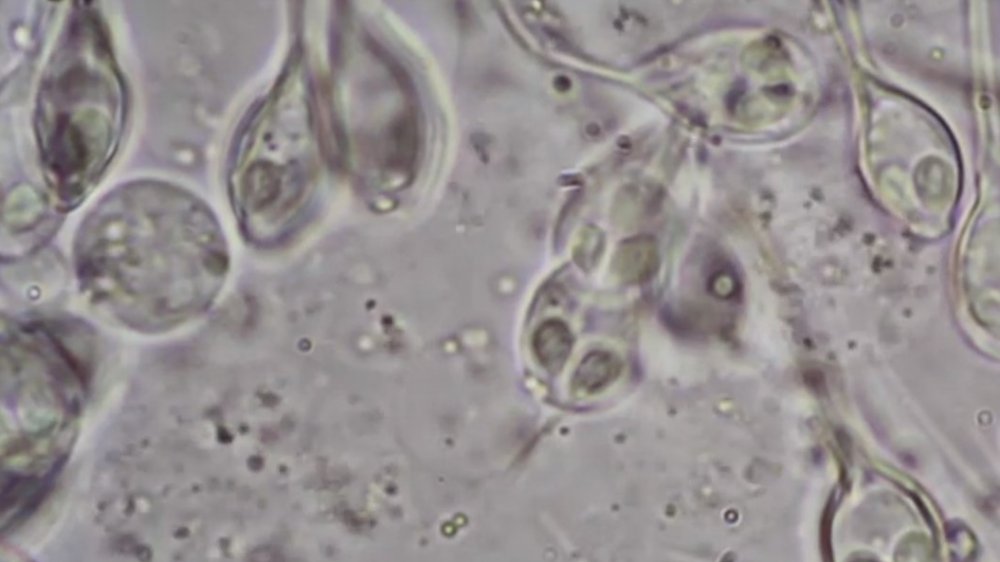Scientists Discovered An Animal That Doesn't Breathe
In a discovery which undoubtedly turns the zoological sciences upside down, scientists have discovered an animal which does not breathe.
"Big deal," you may be thinking. "Margot Robbie used to discover animals that don't breathe in her trailer every time Jared Leto needed attention." This is different.
According to a study published in Proceedings of the National Academy of Sciences of the United States of America, the humble Myxozoa, a microscopic parasite, possesses none of the mitochondria required for biological respiration. In essence, shorty don't breathe.
This represents a first for the scientific community, as all known multicellular animals up to this point have been markedly pro-breathing. Myxozoa, however, seems to have shed its need for respiration over millennia of evolution, and now features no mitochondrial genome. It's a feature of a process referred to as "evolutionary downsizing," during which organisms heed Antoine de Saint-Exupery's truism that "perfection is achieved, not when there is nothing more to add, but when there is nothing left to take away" and simplify their genetic structure. Scientists theorize that this gives microscopic life an advantage, as it streamlines and significantly speeds up the reproductive process.
We're not as lung as we used to be
The specific organism observed in the study is called Henneguya salminicola. It's a microscopic parasite with a taste for fish and the potential to wipe out entire populations of underwater creatures. As they feed on the muscle tissue of aquatic life, their need to turn oxygen into energy is pretty null to begin with. They've also been tossing any genetic feature that doesn't spark joy for some time, with Dorothée Huchon, the Tel Aviv University biologist who co-authored the study telling LiveScience in an interview "They have lost their tissue, their nerve cells, their muscles, everything," study co-author "And now we find they have lost their ability to breathe."

